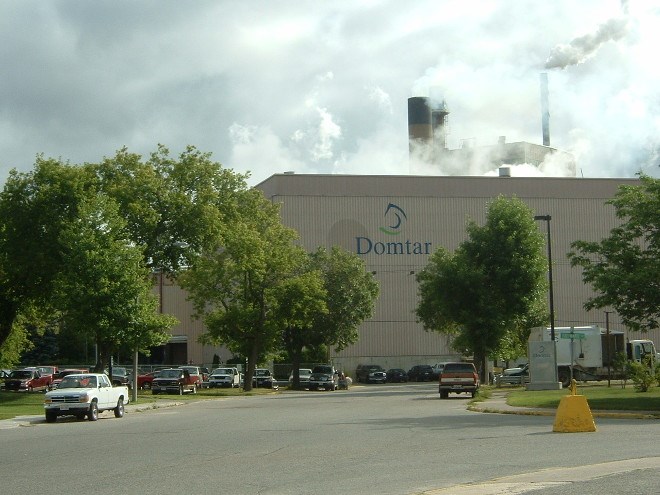Domtar Inc. will use $28.8 million in federal funding to commercialize new products at its Espanola mill that could replace single-use plastics in things like medical packaging and food wrap.
The funding, announced on July 23 by Nickel Belt MP Marc Serré, comes from Innovation, Science and Economic Development Canada.
As part of a $57.5-million plan, Domtar will implement new equipment and processes to commercialize its ‘Stealth Fibre Technology,’ which will produce stronger paper and allow for the production of innovative products that could replace single-use plastics when it comes to things like medical packaging and food wrap.
“We are pleased to partner with the Government of Canada on this important initiative to upgrade the Espanola mill’s infrastructure and improve its environmental performance,” Michael D. Garcia, president of Domtar’s pulp and paper division, said in a news release.
“This investment will help the mill deliver technical innovation to produce products that could help reduce the use of single-use plastics.”
Want to read more stories about business in the North? Subscribe to our newsletter.
The project is expected to increase the company’s competitiveness, reduce production waste, and reduce greenhouse gas emissions by 48,000 tonnes annually at the Espanola mill, which is the equivalent of removing 16,000 cars from the roads.
In addition to helping to maintain the 430 jobs at the mill, Domtar plans to invest more in research and development and will develop a diversity and gender equity plan to engage with women and Indigenous communities.
Additionally, the release said, upgrades to the Espanola mill will improve air quality and reduce noise pollution for the people living in and around Espanola.
Domtar produces a number of specialty papers at the Espanola site, used in sandwich wrappers, muffin cups, and surgical gowns.
Roughly 95 per cent of its raw materials are sourced from Northern Ontario.




